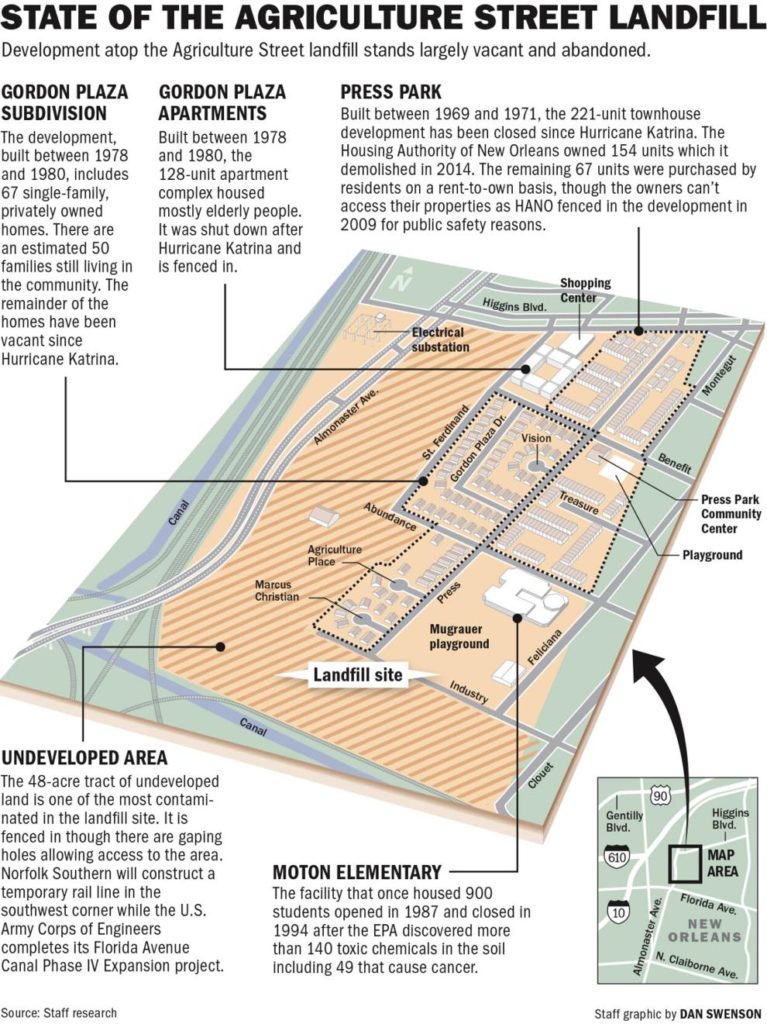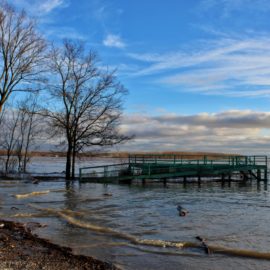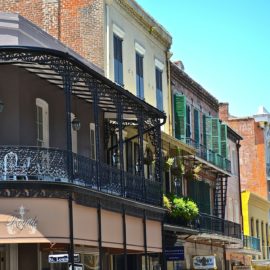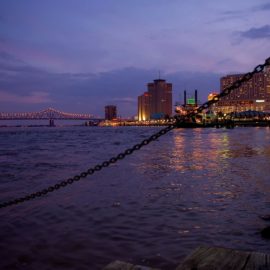
Local New Orleans residents live above a former land fill and they have been fighting for a long time to be moved.
In the summer of 2019, Gordon Plaza residents who live atop the toxic waste of a former landfill met with New Orleans Mayor LaToya Cantrell in search of a resolution to their calls for relocation. Cantrell’s office stated it was seeking an answer to the thorny problem, but more than a year and a half later, residents say no further conversations have occurred. The residents renewed pressure on the Cantrell administration Monday morning, handing a letter to the mayor and two other top city officials before demonstrating outside of City Hall.
nola.com
This has been a 10 year battle with 54 homes still occupied. The group wants the city to buy the homes at such a price they can by new ones and to cover their moving expenses.
“We are rightfully due the full compensation for our house, not a devalued amount as a result of the city of New Orleans building our homes on toxic soil,” said Leona Floyd, who lives on Gordon Plaza. “We know that fair market value will not be fair to us, and we should not go into debt moving out of a situation that was presented to us as part of the American Dream.” They demanded buyouts occur prior to any development of an adjacent 48-acre tract of contaminated land. Any construction projects could “stir up” the carcinogenic agents remaining in the ground, they said. “There is much talk about different possible future uses of the area, and this is concerning, knowing that we still live in Gordon Plaza,” said Floyd.

The city did not respond.
The Agriculture Street landfill beneath Gordon Plaza was used for waste disposal across five decades before its ultimate closure. In the 1970s and 1980s, the city’s housing authority constructed the neighborhood, along with a now-closed 221-unit townhouse development marketed as affordable housing for the rising Black middle class. By 1994, the U.S. Environmental Protection Agency had deemed it one of the most contaminated Superfund sites in the country, finding that it contained arsenic, lead and polynuclear aromatic hydrocarbons, among other hazards. A 2019 report from the Louisiana Tumor Registry found that the Desire neighborhood, which includes Gordon Plaza, had the second-highest rate of cancer in the state. The residents have filed several lawsuits since 1994, including one in 2018 that remains unresolved, but have yet to force any monetary relief from city officials.
Will there be a satisfactory solution? So far not yet.



